Introduction
Soon enough, the applications and database software we build will handle date and time values. The T-SQL Toolbox database – a free download – can help solve complex calculations with those values.
Read more »
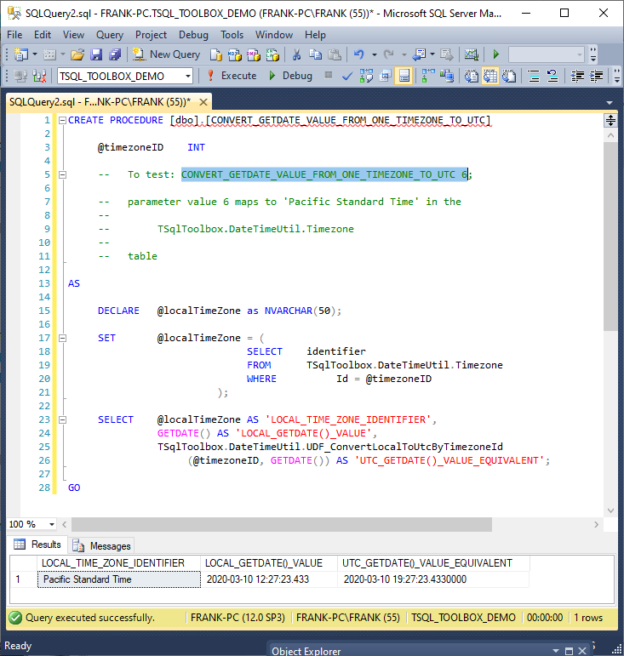
Soon enough, the applications and database software we build will handle date and time values. The T-SQL Toolbox database – a free download – can help solve complex calculations with those values.
Read more »
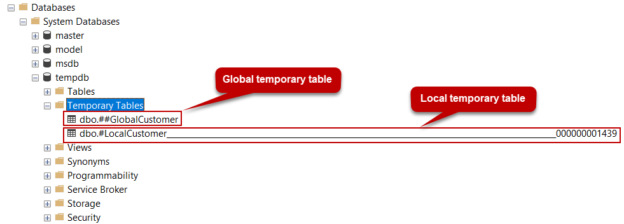
Temporary tables, also known as temp tables, are widely used by the database administrators and developers. However, it may be necessary to drop the temp table before creating it. It is a common practice to check whether the temporary table exists or not exists. So, we can eliminate the “There is already an object named ‘#temptablename’ in the database” error during the temporary table creation.
Read more »
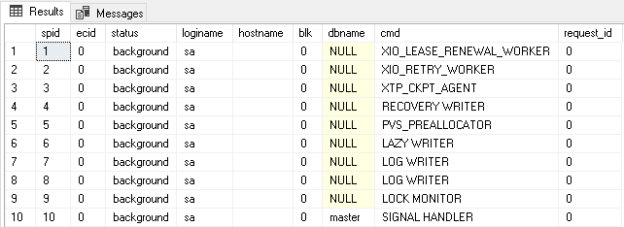
This article gives a comprehensive overview of custom stored procedure sp_whoisactive.
Read more »

SQL Triggers are another powerful database object we have at our disposal. In previous articles, we’ve covered user-defined functions, user-defined procedures, and SQL Views. Today we’ll talk about SQL triggers and how to use them to achieve the desired behavior.
Read more »

SQL Server provides us with several aggregate functions that can be used to perform different types of calculations on a set of values, and return a single value that summarized the input data set. These SQL Server aggregate functions include AVG(), COUNT(), SUM(), MIN() and MAX().
Read more »
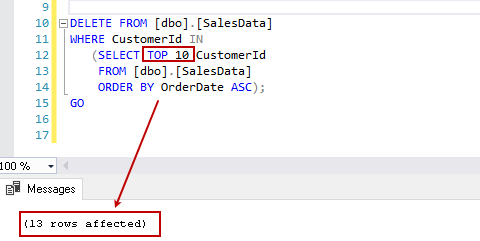
This article explores the SQL Server TOP clause using various examples, along the way, we will also run through performance optimization while using the TOP clause in SQL Server.
Read more »
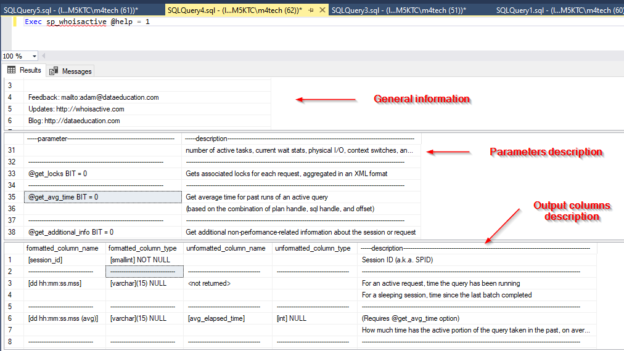
In this article, we will talk about sp_WhoIsActive stored procedure and how we can use it to monitor currently running activities in SQL Server.
Read more »
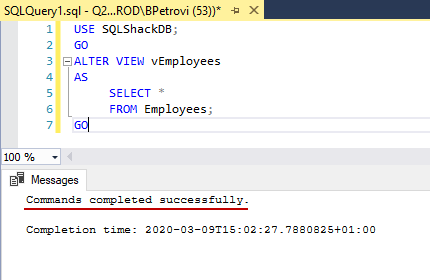
This is the third article in a series of learning the CREATE VIEW SQL statement. So far, I’d say that we’re comfortable and familiar with the syntax, and we’ve learned how to create and modify views. In this part, we’ll continue to work on views using the sample database and data that we created so far.
Read more »

This article talks about Python scripts for creating pivot tables in multiple ways.
Read more »

SQL views are another powerful database object we have at our disposal. In the previous two articles of this series, we’ve talked about user-defined functions and user-defined procedures and showed simple examples of how to use them. Today, we’ll do the same for the SQL views.
Read more »
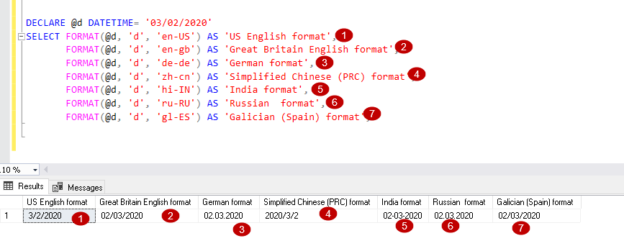
This article explains the usage of SQL Format function and performance comparison with SQL CONVERT.
Read more »
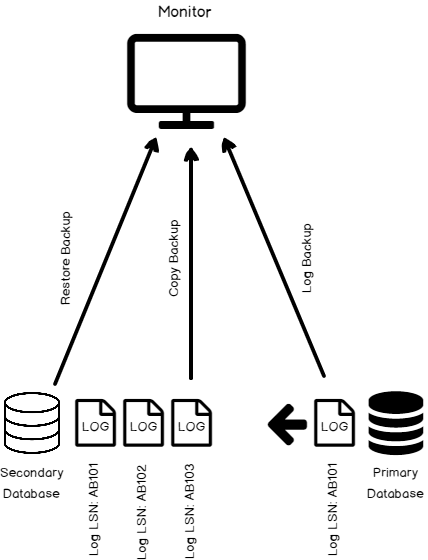
Database Administrators are vigilant on the backup and restore processes and use the Monitor Transaction log for the same. SQL Server Transaction Log shipping’s prime steps are Transaction Log backup, copy and restore. The answer to solving Disaster Recovery (DR) at the database level can be achieved by SQL Server Transaction Log shipping.
Read more »

This article explores the SQL Server session context function, SESSION_CONTEXT() and performs its comparison with the function, CONTEXT_INFO().
Read more »

Stored procedures (SPs) are one more powerful database object we have at our disposal. They can help us handle many tasks and improve performance and security. Today, we’ll take a look at simple SPs and show, on examples, how to use them.
Read more »
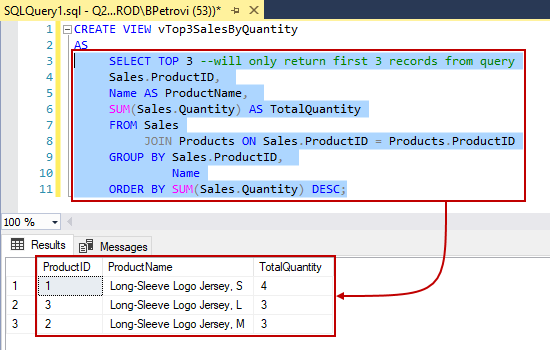
In my previous article, we looked at how to use the CREATE VIEW SQL statement to create views. In this one, we are moving on and focusing on how to modify views. We will continue using examples on a sample database and data created in the first write-up so in order to follow along, head over and read the Creating views in SQL Server part before starting with this one.
Read more »
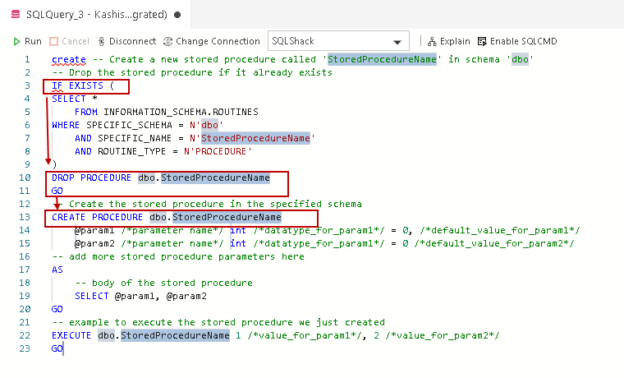
This article walks through different versions of the T-SQL IF EXISTS statement for the SQL database using various examples.
Read more »

In this article, we will learn the SQL Average function which is known as AVG() function in T-SQL. AVG() function is an aggregate function that calculates the average value of a numerical dataset that returns from the SELECT statement.
Read more »

You can create several user-defined objects in a database. One of these is definitely user-defined functions. When used as intended, they are a very powerful tool in databases. In today’s article, we’ll see how to create, change and remove them from the database, as well as how to use them. So, let’s dive into the matter.
Read more »
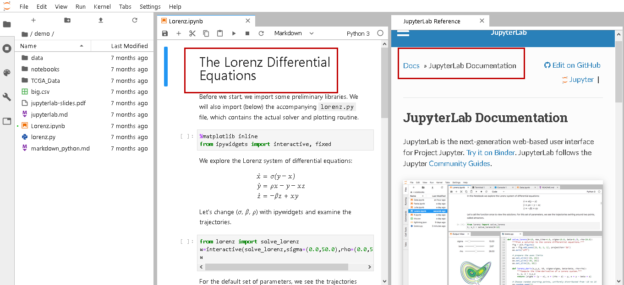
The Jupyter notebook is a powerful and interactive tool that supports various programming languages such as Python, R, Julia. This open-source utility is popular among data scientists and engineers. This notebook integrates both code and text in a document that allows you to execute code, view visualization, solve mathematical equations.
Read more »
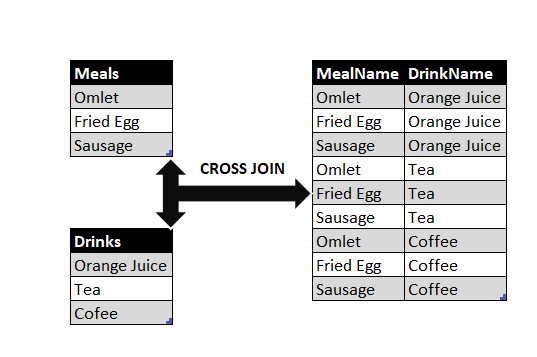
In this article, we will learn the SQL CROSS JOIN concept and support our learnings with straightforward examples, which are explained with illustrations.
Read more »

The set theory is very important in order to understand data and databases. While you could live without it and still be a good SQL developer, understanding it will surely help a lot. So, let’s dive into the matter.
Read more »
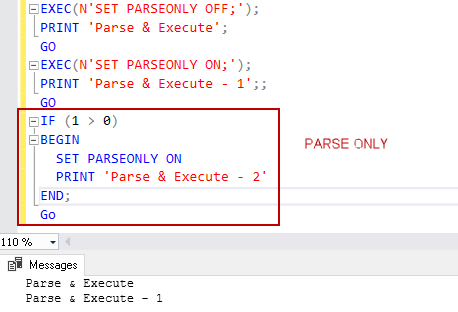
This article explores the uses of the SET PARSEONLY SQL command for SQL Server queries.
Read more »
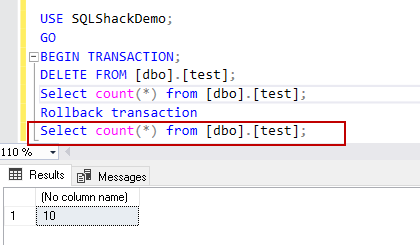
This article gives you an insight into the SQL Truncate and SQL Delete commands behavior.
Read more »

What are SQL data types, why do we need them, and how to use them? Today, we’ll try to answer these questions by giving an overview of some most common data types used in SQL Server.
Read more »
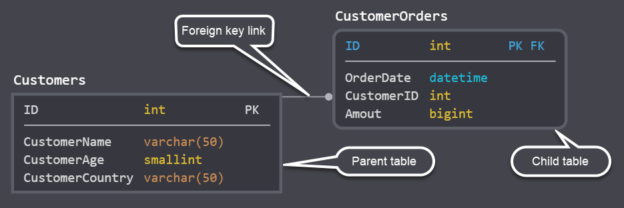
In this article, we will seek an answer to an important question – “What is a foreign key in SQL Server?”. At the same time, we will give some seconder answers to this question. In this way, we can understand the foreign key concept more clearly.
Read more »© Quest Software Inc. ALL RIGHTS RESERVED. | GDPR | Terms of Use | Privacy